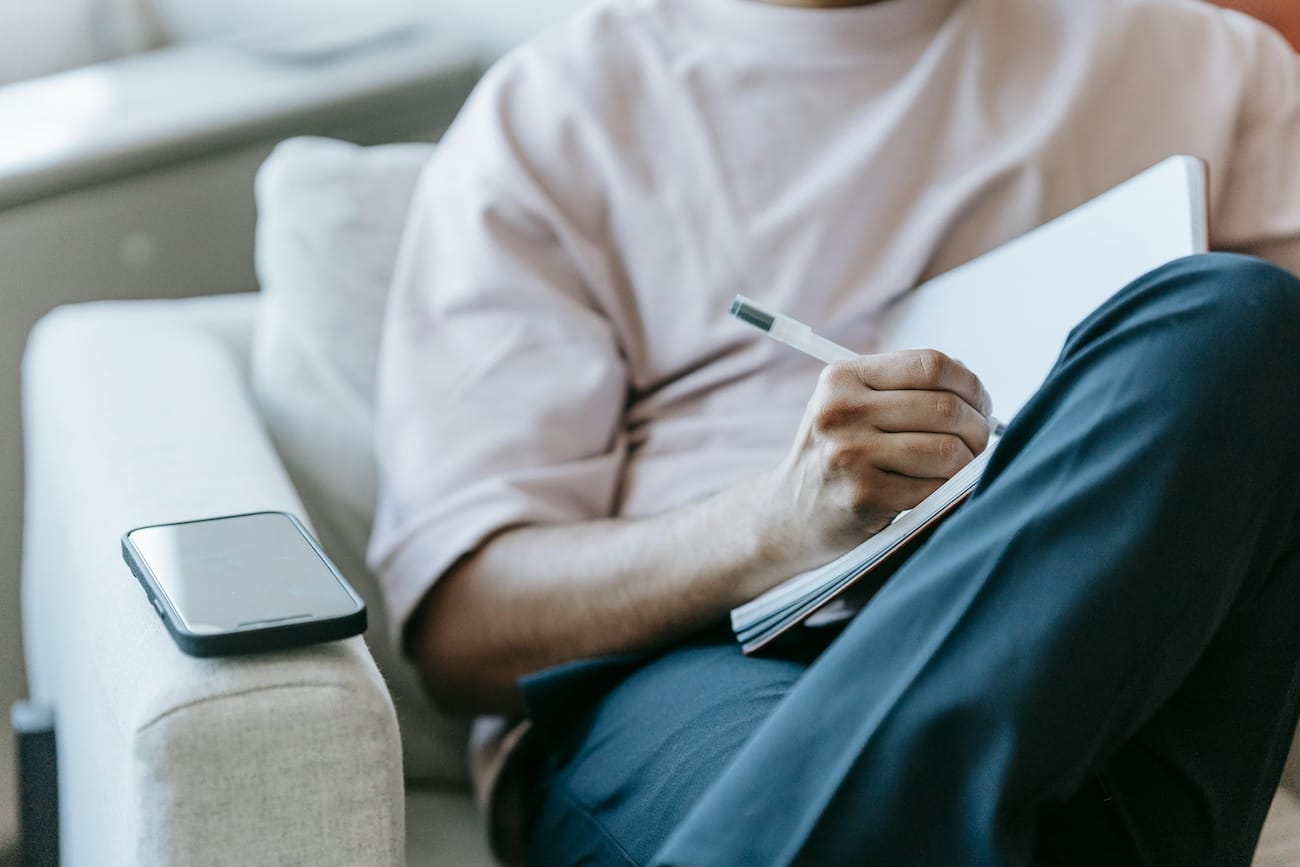5 steps to tackling health anxiety (in the short and long term)
updated on Jun 28, 2024

Health anxiety can be paralysing for those who experience it. Here, we look into both big and small ways to address it
I banged my head on the cupboard. I was convinced I felt dizzy and nauseous, and my thoughts immediately went: “I’m going to die.”
While this event might be isolated, it forms part of the larger struggle for those who suffer from health anxiety. Our health is our greatest asset and when we perceive it is at risk, it is natural to experience symptoms of anxiety. But it is important to remember that there are tools that can prevent it from escalating and, in turn, minimise the overall hold health anxiety has over us.
As someone who has journeyed the tumultuous waves of health anxiety for the best part of 15 years, I can say, without doubt, that these techniques have come to loosen the grip it has on me.
Calm the body to calm the mind
In the immediate, we need to calm the body to affect any thought change, as our ability to rationalise is compromised when in this heightened state.
“This is all about developing coping strategies that work for us when we are in the moment,” says counsellor Georgina Sturmer. She notes the effectiveness of breathing techniques, grounding, and affirmations – and recommends any activity that hones in on the connection between our sense of touch and breathing. By engaging our senses and bringing our attention to the present, we can shift our current thought patterns. “The challenge here is to find something that fits for you personally,” notes Georgina, which will come in time with practice.

Look for the root cause
For many people, it can feel like our anxiety came out of nowhere, but as Georgina explains it can be triggered by a whole range of factors. “It might originate from childhood fears, messages that we have internalised from our early caregivers,” she explains. “Or it can develop in response to medical treatment that we have received.”
In the long-term, it’s helpful to do some work around the root cause of our anxiety in order to prevent episodes of panic. “If we can figure out where it originates from, and what it’s trying to tell us, then we can try to change our behaviours,” adds Georgina.
With health anxiety, it’s helpful to acknowledge that these fears and worries are there for a reason. While it might seem counterintuitive – particularly when our thoughts are distressing – these thoughts have developed as “a mode of defence”, according to Georgina. If we explore the reasons behind them, then we can start to address the problem accordingly.
Understand negative thought patterns
People who suffer from health anxiety tend to ‘catastrophise’ – a term coined by psychologist Albert Ellis to describe “the tendency to magnify a perceived threat, and overestimate the seriousness of its potential consequences”.
If we consider the cognitive triangle associated with cognitive behavioural therapy (CBT) – which demonstrates the relationship between what we think, what we feel and what we do – it is logical that this negative thought pattern will impact our actions which, in a lot of cases, can lead to compulsive behaviours, according to Georgina.
In order to alter this type of thinking, we need to first acknowledge it. Georgina recommends keeping a thought diary as a helpful tool to track the thoughts and feelings that we experience around health anxiety, making it easier for us to notice patterns and triggers, and to look back to see if our catastrophic fears really did materialise.

Avoid self-perpetuating behaviours
“If we find ourselves stuck in a loop of negative thoughts or behaviours then we can, without thinking, keep ourselves stuck there,” Georgina warns. If we become obsessed with Googling symptoms or seeking reassurance from others, we are only further fuelling our anxious thoughts.
Receiving medical attention will provide a brief sense of relief, but only serve as a temporary solution to the problem. By engaging in these practices, you are only reaffirming the existence of a threat, and relying on external validation that one doesn’t exist. Instead, according to Georgina: “We need to think about healthier coping strategies that might offer distraction, and a sense of perspective.”
Acceptance
It is said the Buddha once asked: “If a person is struck by an arrow, is it painful? If the person is struck by a second arrow, is it even more painful?”
In life, we can’t always control the first arrow. However, the second arrow is our reaction to the first. It is optional. Instead of arguing with our thoughts, we can forge a different relationship with them – one based on acceptance. If we can accept anxiety as something that we all experience, it can help us normalise it and its true purpose.

